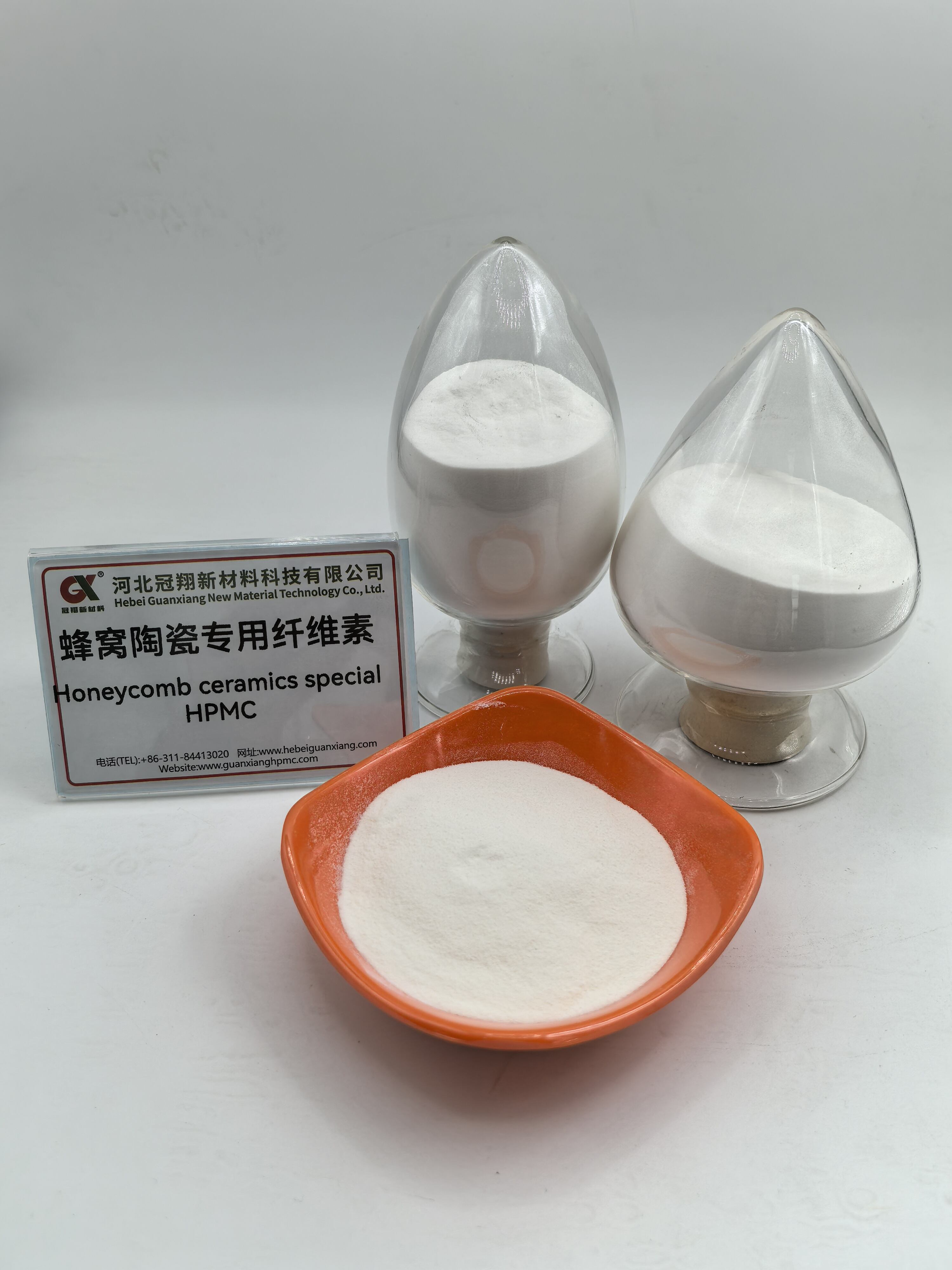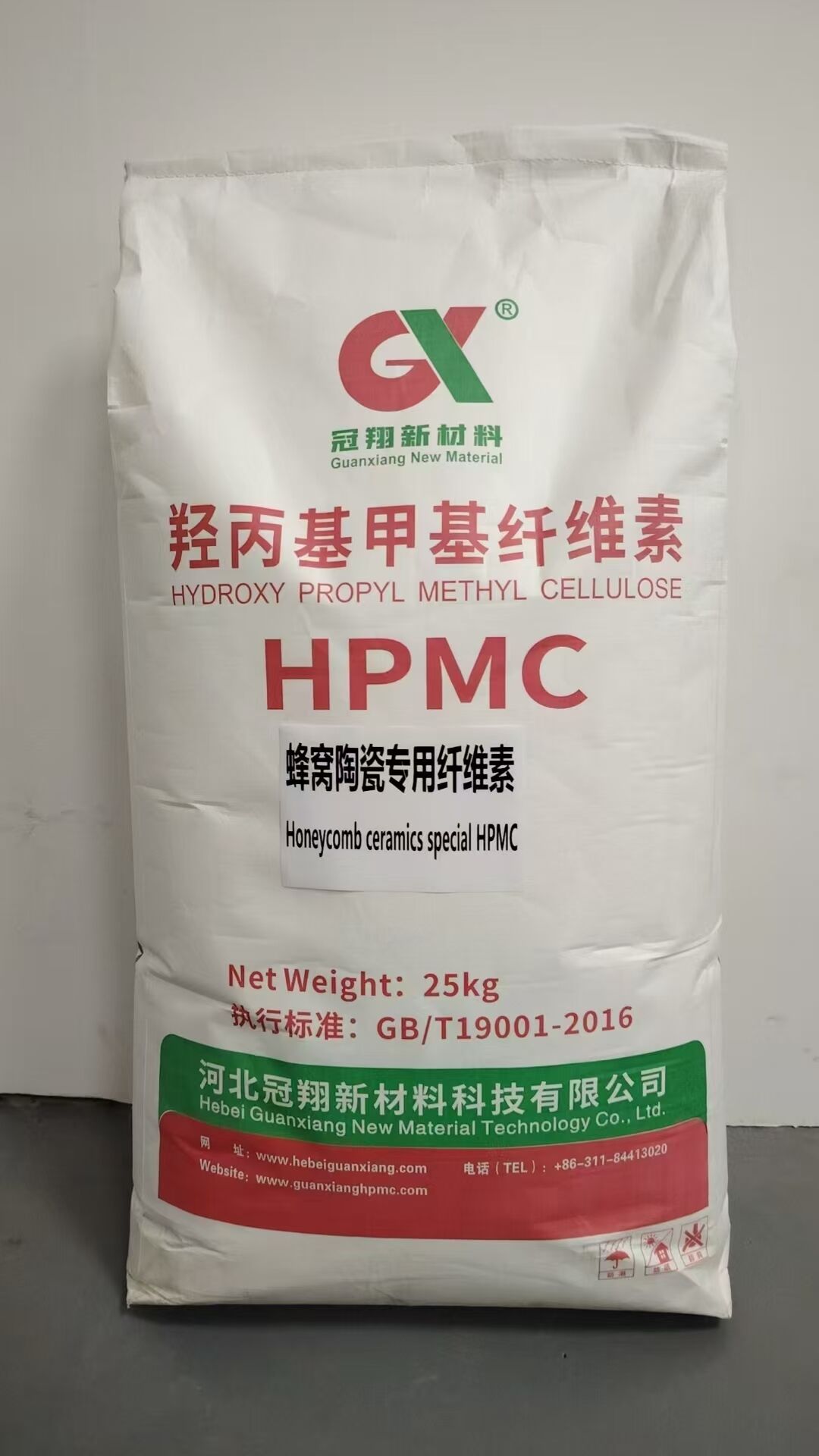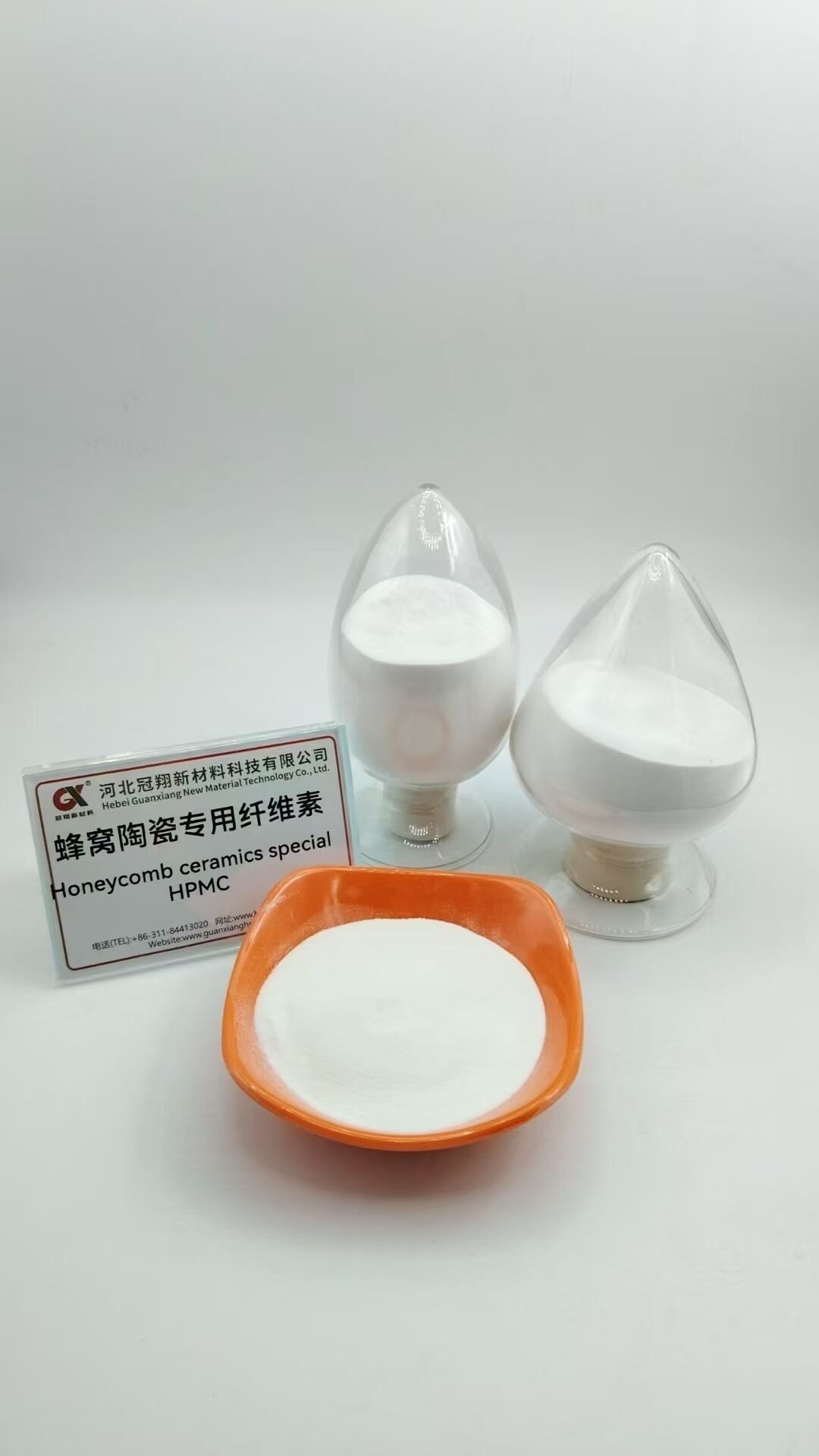210 meters east of the intersection of Chaoze Road and Lianfang Street, on the south side of the road, Dongzhang Village, Jinzhou District, Shijiazhuang City, Hebei Province, China. +86-13643303222 [email protected]
210 meters east of the intersection of Chaoze Road and Lianfang Street, on the south side of the road, Dongzhang Village, Jinzhou District, Shijiazhuang City, Hebei Province, China. +86-13643303222 [email protected]


